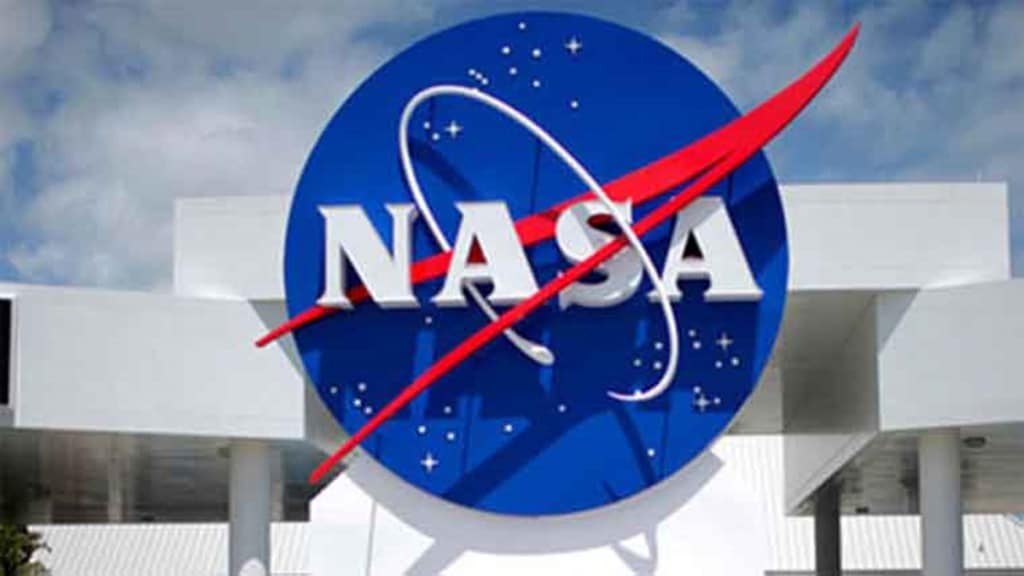In a major development, the US space agency NASA has revealed that it has completed a flight readiness review this month and is all set to resume routine spacewalks outside the International Space Station. The agency has planned the first of three spacewalks in the middle of November, in order to install iROSA, the roll-out solar arrays.
According to NASA’s website, with the completion of this review, the space agency has ended the investigation on a thin layer of moisture that was found in the helmet of European Space Agency (ESA) astronaut Matthias Maurer after a spacewalk for nearly seven hours. The astronaut was preparing for a new solar array installation near the microgravity laboratory.
Also read: Solar Eclipse 2022: Check Surya Grahan date and time and where to watch
After the completion of the spacewalk, the crew removed Maurer’s helmet and then collected data in coordination with the NASA team in Houston’s Johnson Space Center. Calling it a close-call event, NASA canceled all pending Operating Segment spacewalks till the completion of the probe. It was back to Earth water sample and SpaceX Crew-3 mission. It also returned the spacesuit for detailed analysis.
The team at the space station completed a detailed test and d evaluation of the water samples and suit hardware to find out the reason behind the observed water, which was more than normal in Maurer’s helmet.
After the completion of the probe, the team said that there was no hardware failure and the water in the helmet was because of the integrated system performance. It added that a number of variables like crew exertion and crew cooling settings resulted in the generation of comparatively larger than normal condensation in the system.
Also read: CM Shinde announces implementation of robots to clean manholes in urban local bodies
It also updated operational procedures and also worked to develop a new mitigation hardware with an aim to reduce situations under which integrated performance results in water accumulation. The step will help in containing any water or other form of liquid that is stuck in the helmet in the future, helping astronauts at the International Space Station to stay safe.


